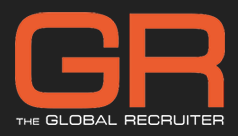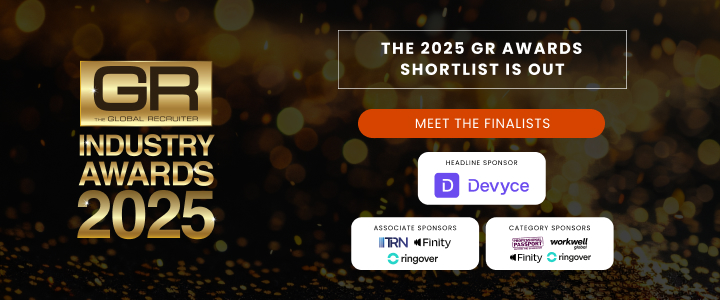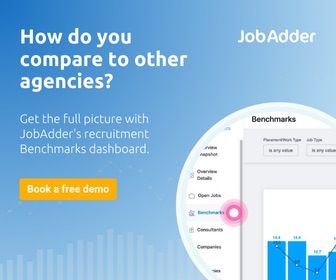This new year has got off to a strong start for the recruitment industry. With a global hiring boom firmly underway as companies invest in their post-pandemic future, recruiters are pulling out the stops to convert top talent to new opportunities. According to research from LinkedIn, nearly two-thirds (58 per cent) of European workers are contemplating changing jobs this year – with workers in the UK (67 per cent), Sweden (64 per cent), Spain (58 per cent), and the Netherlands (58 per cent) most likely to be considering a switch.
However, while there’s a wealth of people open to new opportunities, it’s clear that candidates are becoming increasingly selective about the roles they pursue. Our data finds that people are viewing nearly twice as many jobs before applying to them compared to 2019. What’s giving candidates pause for thought? The pandemic has caused people to reassess their priorities when it comes to work and life, with many questioning not only when and where they work, but also why they work.
It’s worth noting that it’s not just the pandemic that’s driving this change of sentiment either, we’re also seeing the impact of new generations joining the workforce. An increasing number of millennial and Gen Z employees are changing the fabric of many workplaces, with our data showing that these groups place a higher value on flexibility, mental health and wellbeing compared to other generations.
With record-high job vacancies across the world, candidates are firmly in the driving seat, with more power to make demands from prospective employers. To succeed in this new hiring landscape, recruiters will need to evolve their approaches to engaging with talent, and also take on even more of an advisory role to help businesses understand changing candidate expectations and better meet their needs.
To understand how jobseeker expectations are changing, LinkedIn’s 10th annual Global Talent Trends report highlights how best to attract and retain talent, presenting three key areas of opportunity for recruiters in the year ahead.
Flexibility is a top priority
Over the last couple of years, we’ve seen that employees don’t necessarily need to be in the office to be productive, and that flexible working can also bring a range of wellbeing benefits with it. On top of this, flexible working arrangements can be key for attracting entrepreneurial talent who are keen to balance a day job against their side hustles. And this isn’t a talent pool to be ignored, with research showing that up to two thirds of Brits have a side hustle.
Since 2019, LinkedIn has seen an 83 per cent increase in the share of job posts mentioning flexibility, with those that do receiving 35 per cent more engagement. Given that maintaining this freedom to work flexibly is a key priority for jobseekers, there’s a huge opportunity for recruiters to make their clients’ approaches to flexibility stand out throughout the candidate experience, in everything from jobs ads to candidate interactions. Recruiters can also provide advisory benchmarks to organisations on what candidates now expect, and help them improve their employer branding to align with evolving preferences.
Emphasis on employee wellbeing
Companies are increasingly recognising that the key to their own success starts with fostering a culture that prioritises the mental, physical, and emotional wellbeing of their employees. In fact, LinkedIn research shows that employees who feel cared for at work are more than three times as likely to be happy in their jobs, and almost four times more likely to recommend working for their company.
Recruiters have a crucial role to play in helping their clients highlight the importance of employee wellbeing and showcase their initiatives through strong employer branding. This is pivotal for appealing to a diverse range of talent – with data showing that women are 41 per cent more likely to engage with LinkedIn posts about wellbeing, while two-thirds of Gen-Z say they’d like to see companies invest more in mental health and wellness.
A positive and caring culture
People aren’t just rethinking where and when they work, but also why they work. Demonstrating company culture and purpose is a critical factor in candidate decision making and a key way for them to assess and differentiate between potential employers. Our report shows that the top three things people want in their next role are good work/life balance, strong compensation and benefits, and excellent colleagues and culture. We also noted a 67 per cent increase in candidate engagement when LinkedIn posts that mention culture, indicating the importance it has amongst active jobseekers.
With candidates becoming increasingly selective about the roles they apply for, it’s more important than ever for recruiters to be well-versed in an organisation’s purpose, culture and what makes it stand out. Not only will recruiters need to clearly communicate this with potential hires and bring it to life through proof points and initiatives, but they will also need to assess which candidates could be a good culture fit too.
Record-high job vacancies and large numbers of jobseekers means there’s a huge opportunity for recruiters this year. Candidate priorities have changed, and recruiter guidance will be vital for businesses navigating this new hiring landscape. By consulting organisations on what candidates are looking for, and ensuring that employer branding reflects the renewed focus on flexibility, wellbeing and company culture, recruiters can help organisations stand out in a crowded market.





